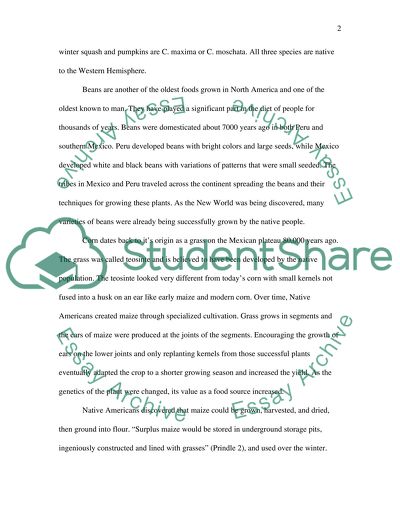North American Agriculture Essay Example | Topics and Well Written Essays - 1000 words. Retrieved from https://studentshare.org/miscellaneous/1534028-north-american-agriculture
North American Agriculture Essay Example | Topics and Well Written Essays - 1000 Words. https://studentshare.org/miscellaneous/1534028-north-american-agriculture.


